Do you have a question about the MSI X99A WORKSTATION and is the answer not in the manual?
Adheres to instructions for safe handling and preventing damage from electrostatic discharge (ESD) during assembly.
Lists essential tools and components required for motherboard installation and initial setup.
Step-by-step guide for correctly installing the CPU onto the motherboard socket.
Instructions for properly inserting DDR4 memory modules into the motherboard slots.
Details on connecting the motherboard's front panel connectors for power and LEDs.
Guidance on physically mounting the motherboard inside the computer chassis.
Steps for connecting SATA storage devices, including drives and cables.
Instructions for inserting a graphics card into the PCIe expansion slot.
Guide for connecting external devices like keyboard, mouse, and speakers.
Procedure for connecting ATX power supply cables to the motherboard.
Steps to safely power on the assembled computer system for the first time.
Details on processor, chipset, and DDR4 memory support and capabilities.
Information on PCIe slot configurations and multi-GPU technologies like SLI/CrossFire.
Specifications for USB ports and SATA/SATAe/M.2/U.2 storage connectors.
Details on audio codec, LAN controllers, and rear I/O port configurations.
Overview of internal headers, I/O controllers, hardware monitoring, and BIOS features.
List of supported software utilities and MSI-exclusive motherboard features.
Diagram illustrating the placement and type of ports on the motherboard's rear panel.
Table explaining the meaning of LAN port LED indicators for link and activity.
Guide to connecting speakers and microphones to the motherboard's audio jacks.
Details on using the Realtek HD Audio Manager software for sound configuration.
Diagram showing the location of key motherboard connectors and headers.
List of motherboard components with their types and corresponding manual pages.
Information and installation guidelines for the CPU socket and DDR4 memory slots.
Details on PCIe expansion slots, bandwidth, and multi-GPU/SLI setup.
Descriptions and compatibility tables for SATA, SATAe, M.2, and U.2 storage devices.
Guide to various internal headers for fans, USB, audio, power, and RGB LEDs.
Explanation of Multi-BIOS switch, Clear CMOS jumper, and Slow Mode jumper.
Reference for understanding the meaning of various LED indicators on the motherboard.
Detailed table of POST progress and error codes displayed by the Debug Code LED.
Methods to enter BIOS, overview of EZ Mode and Advanced Mode interfaces.
Configuration options for system date/time, PCI, LAN, USB, power, and security.
Overclocking parameters for CPU, DRAM frequency, timings, and profiles.
CPU VRM, voltage control, thermal monitoring, and power management settings.
Tools for BIOS updates, profile management, and fan speed control.
Instructions for installing Windows OS, motherboard drivers, and utilities.
Guide to the system monitoring and adjustment software, including fan control and gadgets.
How to use LIVE UPDATE 6 to scan and install drivers, BIOS, and software.
Customizing hotkeys and controlling motherboard LED lighting effects.
Network sharing, virtual RAM drives, and USB transfer speed enhancement.
Overview of Intel's software for CPU tuning, testing, and monitoring.
Explanation of RAID levels (0, 1, 5, 10) and Intel Rapid Storage Technology.
Steps for creating, removing, and resetting RAID volumes in the IRST Option ROM.
Procedures for handling degraded arrays and failed hard drive members.
Solutions for power, display, BIOS, audio, network, and USB device problems.
Statements regarding FCC compliance, battery disposal, and California regulations.
Information on chemical substances and the Waste Electrical and Electronic Equipment directive.
| Socket | LGA 2011-3 |
|---|---|
| Chipset | Intel X99 |
| Form Factor | ATX |
| Memory Type | DDR4 |
| Memory Slots | 8 |
| Maximum Memory | 128GB |
| PCIe 3.0 x16 Slots | 4 |
| PCIe 3.0 x1 Slots | 2 |
| SATA 6Gb/s | 10 |
| M.2 Slots | 1 |
| USB 3.0 Ports | 6 |
| USB 2.0 Ports | 6 |
| USB 3.1 Ports | 2 |
| Audio | Realtek ALC1150 |
| RAID Support | 0, 1, 5, 10 |
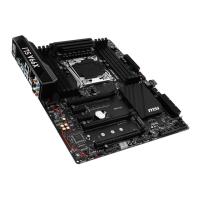
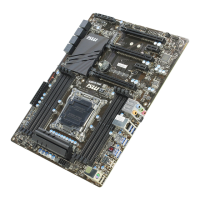
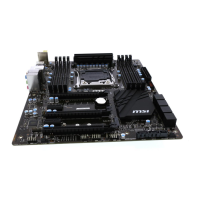
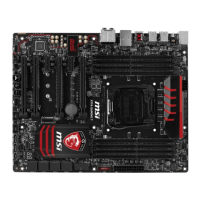


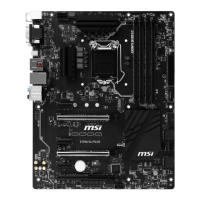
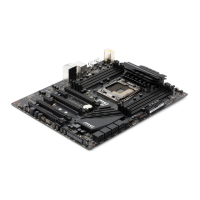
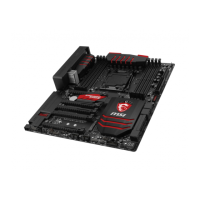
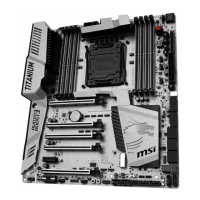
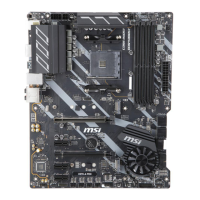
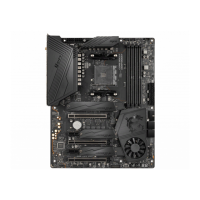
